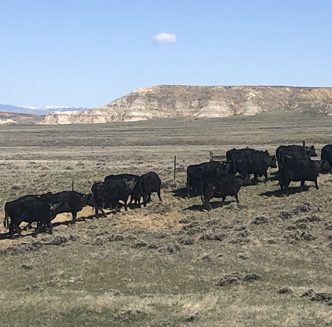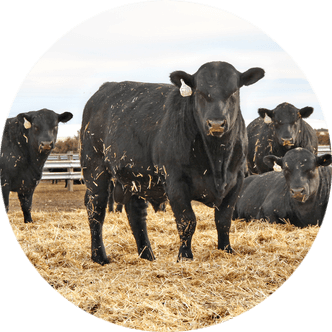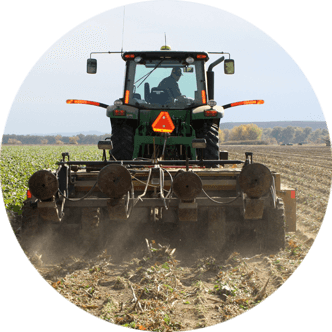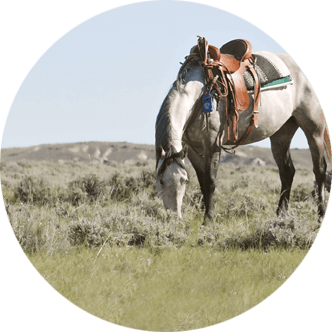The Plight of Irrigated Ag Land and Their Water Rights
By Gail Whitman
With water being the source of life, it was only natural irrigation in Wyoming predated its statehood. However, it was only through irrigation deeded ground was broadened beyond the flood plains to the streams, creeks and rivers.
Only 43 percent of Wyoming is private property.
The agriculture industry settled this state and is still a substantial contributor to its economy.
In 2022, total cash receipts from livestock, products and crops was $1.9 billion. The total number of farm and ranch units at this time was 10,544, in a state with a population of 581,381 people.
Total net farm and ranch income was $395 million. This equates to $1.5 billion that farms and ranches added to the economy due to their costs of doing business.
Our industry is not immune to the changing times. Lest we forget, prior to 1980, Wyoming had a thriving dairy industry. Not only did most of the dairies disappear, but so did bottling companies, creameries and milk trucks. Therefore, it should be a concern to everyone the number of farm and ranch units in the last 10 years has declined by 1,400 units.
Despite the impressive economic numbers, the U.S. Department of Agriculture’s (USDA) 2024 Ag Census reports 24 percent of the 10,544 farm and ranch units report less than $1,000 of products sold and another 24 percent report less than $10,000 of products sold. This equates to 5,061 farm and ranch units which are not relying on ag products sold for their livelihood.
Thirty percent of the 10,544 farm and ranch units report they operate on less than 50 acres, in comparison to 36 percent of farm and ranch units operating on 500 acres or more.
Additionally, 42.4 percent of the state’s population is older than 45 years, and the USDA’s 2024 Ag Census has the average age of farm and ranch operators at 58.5 years old.
Given these statistics, the number of self-sustaining farm and ranch units will decline, while the amount of irrigable, agriculturally-productive property will continue to diminish due to development.
The second cause of concern is the matter of water rights attached to the property being developed. Developers have the right to keep the water rights, move the water rights or abandon the water rights. All three are of great concern.
First, by keeping the water right, they are orphaning water rights created by roads and structures.
Second, it doesn’t matter where they move them to, developers by trade, are not going to keep them in ag production.
But the third option should be of the greatest concern to ag producers because the cost to move water rights is expensive.
Developers tend to choose option three and abandon the water rights. Irrigation districts depend on their adjudicated water rights to sustain themselves.
As the amount of permitted water right acreage diminishes, so does their base of revenue.
Most of Wyoming’s water infrastructure was built prior to 1950. These water conveyances and structures are aging and in disrepair. The cost of replacement is in the billions of dollars, and irrigation districts are reliant on grants and other sources of funding for operational maintenance and repair.
The process of replacing it is going to take years. Given today’s trend of development, it will not be economically viable or justifiable to replace this infrastructure when the intended use is no longer in agricultural production.
The majority of an irrigation district’s parcels are less than 50 acres. The landowners of these properties are the first to object to rising costs and rate increases to provide them with their water. They simply cannot justify the negative return on their investment.
Regarding the future investment needed to maintain infrastructure that makes the land green and desirable, the ag community should consider supporting one of the following.
Lobby to set a minimum acreage limit to the parcel size irrigable agricultural lands can be reduced to.
Lobby for the water rights to be transferred to lands managed by agricultural operators who can feasibly use them.
Or lobby for the allowance of the irrigation district to bank the water rights for future transfer to land within their district that can feasibly be irrigated for production agriculture.
The Wyoming Association of Irrigation Districts (WAID) welcomes public comments on these issues. For more information or to submit comments, visit waidwy.org, e-mail 307.waid@gmail.com or call 307-439-3597.
Gail Whitman is a member of WAID and can be reached at 307-763-3130.





